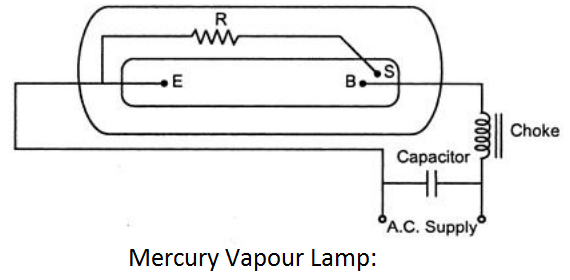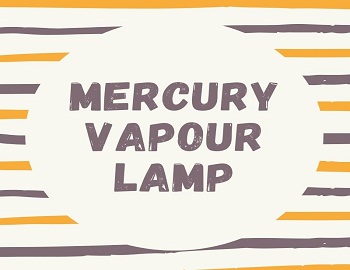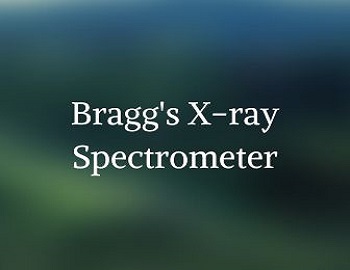Mercury Vapour Lamp:
Construction- The lamp consists of two bulbs, an inner bulb and an outer bulb. The electric discharge takes place in the inner bulb. The outer bulb protects the inner bulb and reduces the loss of heat. The inner bulb consists of a small amount of mercury and argon gas. The two electrodes E and B are made up of electron-emitting material. Three electrodes B, E and S are provided in the inner bulb. The electrode ‘E’ is connected to electrode ‘S’ through a high resistance.
Choke (L) and Capacitor (C) form the control circuit of the lamp.

Working- When the supply is switched ON, the initial discharge is established between electrodes B and S through the argon gas and then between electrodes B and E. The heat produced due to this discharge is sufficient to vaporize mercury and discharge through the mercury vapour takes place. In this normal operation of the lamp, it emits or radiates its characteristics light.
The electrode ‘S’ is called as starting electrode or auxiliary electrode. The choke serves to limit the current drawn by the electrodes to a safe limit. The capacitor ‘C’ improves the power factor of the lamp.
These lamps are widely used for outdoor street lighting where a high illumination is necessary, where the colour of the light is not important.
Advantages- (i) It is high efficiency and gives more output.
(ii) It has a long life.
Disadvantages- (i) The initial time required for warming up is more about 5 minutes.
(ii) If the lamp goes out while in service, cooling is required for restarting. This cooling reduces the vapour pressure.









Comments (No)